Why donate plasma?
Donate plasma and save a life! Find out how you can become a lifesaver and why it’s really worth it for everyone!
Because blood plasma cannot be produced artificially
By donating plasma, you can make a significant contribution to improving the quality of life of patients. The vital medicines that treat many serious and rare diseases are made from plasma. Since plasma cannot be produced artificially, plasma donation is essential for the production of these drugs.
As a plasma donor, you not only support the production of the mentioned medicines, but also directly contribute to the recovery of Hungarian patients, enabling them to live a better and healthier life.
Because plasma donation saves lives
Medicines produced from plasma collected in Hungary play a prominent role in the treatment or prevention of many serious diseases and conditions. These drugs are used in several therapeutic areas, including pulmonology, hematology, immunology, neurology, infectious disease management, and shock and trauma care.
Your plasma donation is extremely important because it can improve the quality of life of people suffering from many diseases through preparations made from your plasma.
Because plasma donation pays off
We value the time and effort spent on plasma donation, so we compensate the availability of our plasma donors in the manner specified in Hungarian legislation. It is important to mention that in addition to financial compensation, donating plasma also represents a significant social value, as the medicines made from the plasma you donate provide a life-saving opportunity for people in need.
When you donate plasma, you enter the world of ordinary heroes who have contributed to improving the quality of life of countless seriously ill patients.
What is plasma?
Blood plasma is a straw yellow liquid
This part performs the “courier service” of blood in the body: it transports red and white blood cells, nutrition and substances that are vital to the body. Red blood cells carry oxygen to the right places, white blood cells fight pathogens and help heal injuries, and platelets stop bleeding.
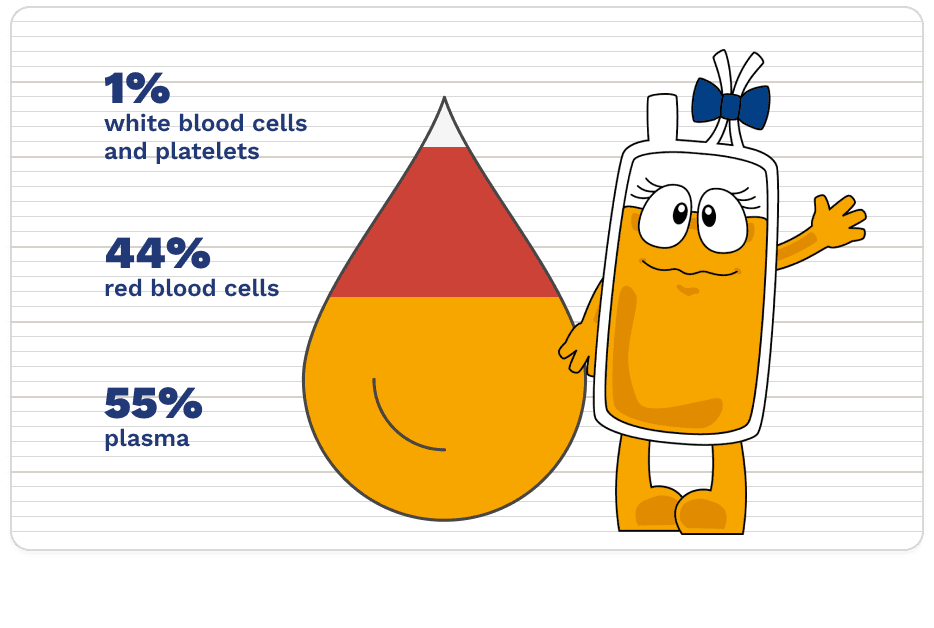

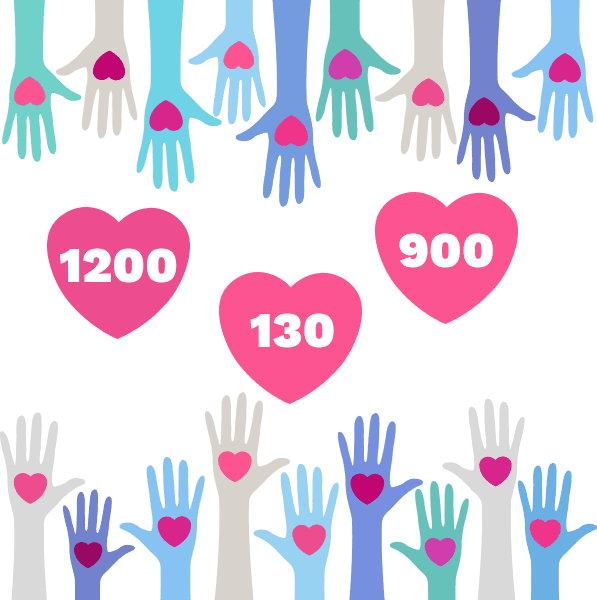

Miért fontos a plazmaadás?
To treat a hemophilia patient for one year
1,200 donations
are needed.
To treat a patient with primary immunodeficiency more than
130 donations
are needed.
For a one-year treatment of a patient with ALFA-1 enzyme inhibitor deficiency
900 donations
are needed.
Who can donate plasma?
Everyone who:


Took part
in the suitability test


Weighs
a minimum of 50
and a maximum of
150 kilograms


Is a healthy adult
over the age of
18 and under the age of 65


Whose results of their specified serological tests, including total protein and IgG blood levels, are negative
What is plasmapheresis?
Plasmapheresis is a special procedure,
where the plasma is extracted from the blood and collected. This is done by taking blood from the donor’s vein, similar to blood sampling, and then using a special machine to separate the plasma from the blood’s shaped elements. After separating the plasma, the useful blood cells are returned to the donor’s body.
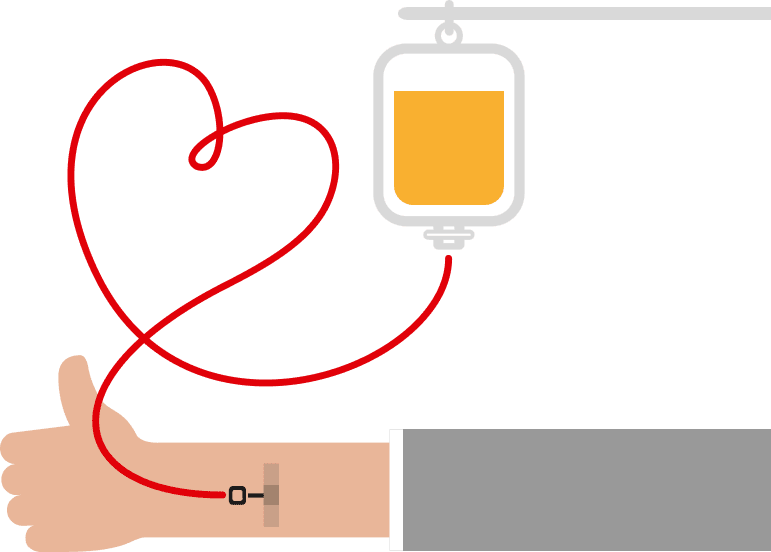



What documents are required?
To donate plasma, you need:
What is how much?
How long does a plasma donation take?
How often can plasma be donated?
How many times a year can plasma be donated?


60 minutes
every 3 days
45 times
Path from donor to patient


Blood plasma donation
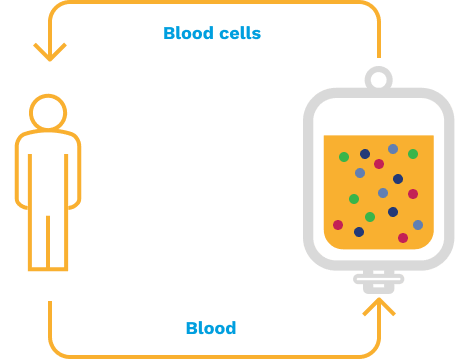

Blood plasma collection
The blood plasma collection machine (pheresis machine) takes blood and separates the plasma from the other components. The donor body’s own blood cells are returned to the body during the donation.


Plasma testing
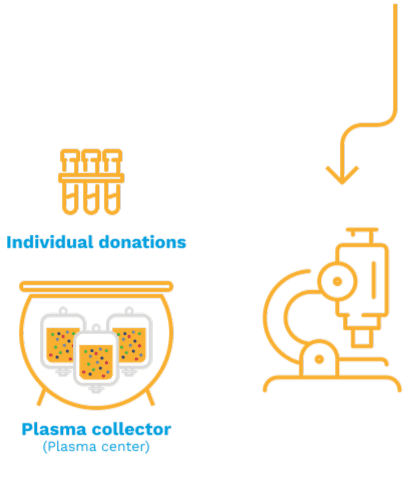

Virus security
All blood plasma donations are tested for Hepatitis, HIV and Parvo B-19 pathogens. These tests are performed a second time on the blood plasma stored in the Plasma collector before processing.


Processing
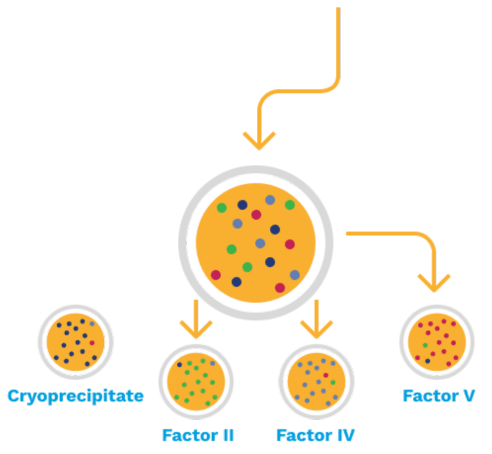

Base fractionation
Protein precipitates from the blood plasma – so-called fractions.


Production


Processing and purification
Viruses, bacteria and pollutants are removed and proteins are purified.


Healing
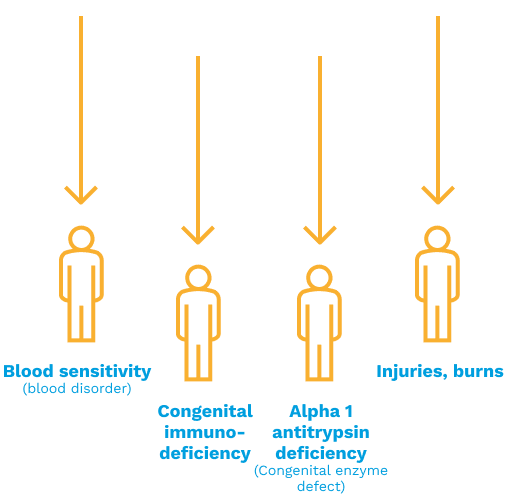

Use
Medicines made for plasma are most often used to treat immunodeficiency diseases. There are about 150 such genetic diseases. Patients all over the world receive these medicines.
